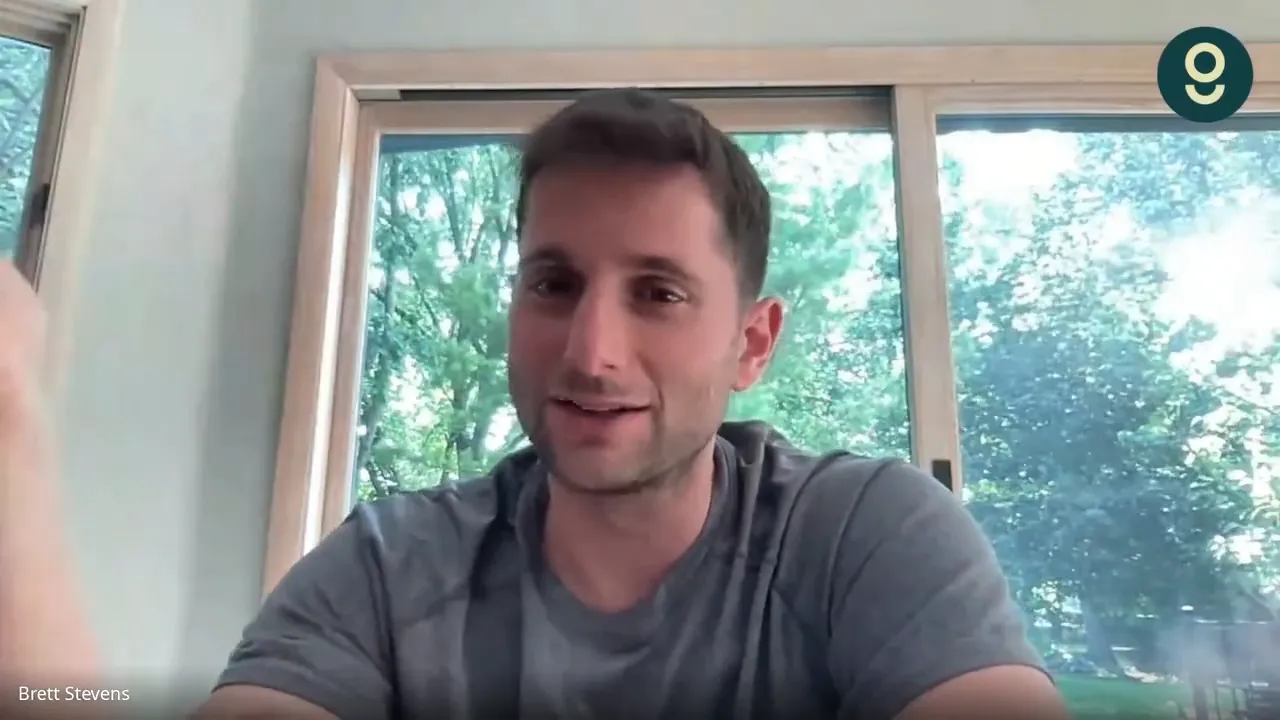Hypomania
- ✨ Energized
- ✨ Creative
- ✨ Productive
When people ask me what mania actually looks like in real life, I try to be honest:
It’s an illness that can turn a perfectly normal day into a disaster. Suddenly you’re the main character of the universe — no sleep, no fear, reckless decisions — and reality stops feeling real.
That’s the short version.
This is the longer one:
How manic episodes nearly killed me, what finally worked, and the practical things I do to stay stable almost ten years later.
I have bipolar type I.
I didn’t learn that until I was 19.
Before that, things just… happened. I would go from functioning fine to being completely unrecognizable — without any explanation. In my 20s, I had three life-threatening manic episodes, each ending in involuntary hospitalization.
For years I thought:
Once the diagnosis came, everything changed. I finally had a name, a cause, and a treatment path.
My switch into mania is fast. Terrifyingly fast.
Morning: feeling a bit “off.”
Three days later: walking on top of cars, convinced I’m invincible.
Tiny signals become destiny.
A bird chirping? A sign from the universe.
A TV commercial? A secret message for me.
This isn’t creativity.
This isn’t fun.
This is psychosis.
“I believed I was chosen. I didn’t need sleep. I was unstoppable — until suddenly I wasn’t.”
Each episode escalated into something dangerous enough that police had to intervene. I didn’t choose help. I was rescued from myself.
Hypomania can quickly escalate into full mania, and every episode puts real stress on the brain, leading to neuron loss and often crashing into a severe depression afterward.
1️⃣ Bipolar runs in families
I had relatives with similar patterns. We just didn’t talk about it.
2️⃣ Drugs and alcohol made everything worse
Two episodes were triggered right after weed use.
Alcohol didn’t help either.
3️⃣ Warning signs exist
But no one explained them. I had to learn the hard way.
If someone had said:
“If you stop sleeping for two nights — shout for help”
I might have avoided a hospital bed.
Once diagnosed, I started medication and daily routines.
That combination saved my life.
Not a magic fix — but the foundation.
Every time I stopped meds → I relapsed.
When I committed → I stabilized.
When one pillar weakens, I reinforce the others. That’s how I protect myself.
✅ Sleep dropping
✅ Thoughts speeding up
✅ Feeling “special” or “chosen”
✅ Fixating on symbols or messages
My 72-hour rule:
2 bad nights = intervention
3 bad nights = emergency
I act early so others don’t have to act for me.
I used to think asking for help meant I failed.
Now I know:
Asking for help is survival.
How I do it:
Be specific. People want to support you — but they need a clear path.

Psych wards save lives
…but they don’t fix lives.
I remember:
Hospitals gave me safety.
Recovery came after — with meds, therapy, and structure.
What would help?
❌ Stopping medication because you feel good
✅ Stability doesn’t mean you’re cured
❌ Isolation
✅ Daily connection keeps me grounded
❌ Believing online misinformation
✅ I ask my psychiatrist directly
❌ Expecting a quick fix
✅ Bipolar is managed — not “fixed”
Bipolar didn’t ruin my life.
But it did force me to redesign it — intentionally.
I have:
My message to you:
You are not broken. You are not alone. And stability is possible.
Start small.
Ask for help early.
Protect your sleep like your life depends on it — because sometimes it does.